Md Sultan Al Nahian
Large Language Models for Drug Overdose Prediction from Longitudinal Medical Records
Apr 16, 2025Abstract:The ability to predict drug overdose risk from a patient's medical records is crucial for timely intervention and prevention. Traditional machine learning models have shown promise in analyzing longitudinal medical records for this task. However, recent advancements in large language models (LLMs) offer an opportunity to enhance prediction performance by leveraging their ability to process long textual data and their inherent prior knowledge across diverse tasks. In this study, we assess the effectiveness of Open AI's GPT-4o LLM in predicting drug overdose events using patients' longitudinal insurance claims records. We evaluate its performance in both fine-tuned and zero-shot settings, comparing them to strong traditional machine learning methods as baselines. Our results show that LLMs not only outperform traditional models in certain settings but can also predict overdose risk in a zero-shot setting without task-specific training. These findings highlight the potential of LLMs in clinical decision support, particularly for drug overdose risk prediction.
Do LLMs Surpass Encoders for Biomedical NER?
Apr 01, 2025Abstract:Recognizing spans of biomedical concepts and their types (e.g., drug or gene) in free text, often called biomedical named entity recognition (NER), is a basic component of information extraction (IE) pipelines. Without a strong NER component, other applications, such as knowledge discovery and information retrieval, are not practical. State-of-the-art in NER shifted from traditional ML models to deep neural networks with transformer-based encoder models (e.g., BERT) emerging as the current standard. However, decoder models (also called large language models or LLMs) are gaining traction in IE. But LLM-driven NER often ignores positional information due to the generative nature of decoder models. Furthermore, they are computationally very expensive (both in inference time and hardware needs). Hence, it is worth exploring if they actually excel at biomedical NER and assess any associated trade-offs (performance vs efficiency). This is exactly what we do in this effort employing the same BIO entity tagging scheme (that retains positional information) using five different datasets with varying proportions of longer entities. Our results show that the LLMs chosen (Mistral and Llama: 8B range) often outperform best encoder models (BERT-(un)cased, BiomedBERT, and DeBERTav3: 300M range) by 2-8% in F-scores except for one dataset, where they equal encoder performance. This gain is more prominent among longer entities of length >= 3 tokens. However, LLMs are one to two orders of magnitude more expensive at inference time and may need cost prohibitive hardware. Thus, when performance differences are small or real time user feedback is needed, encoder models might still be more suitable than LLMs.
The Goofus & Gallant Story Corpus for Practical Value Alignment
Jan 16, 2025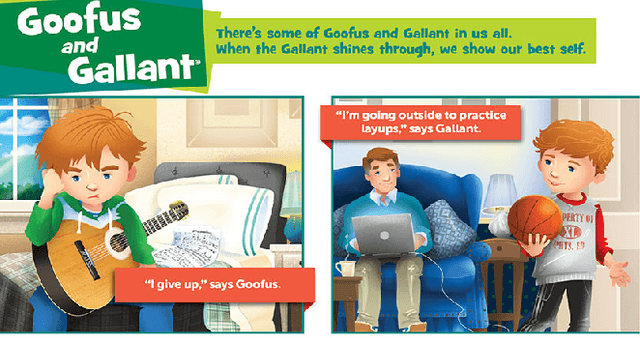


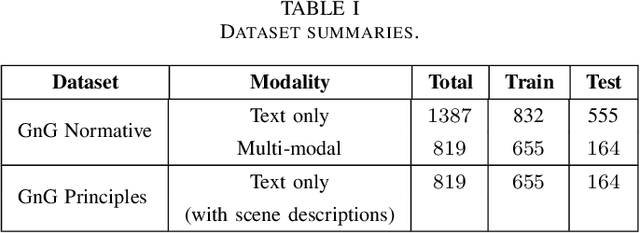
Abstract:Values or principles are key elements of human society that influence people to behave and function according to an accepted standard set of social rules to maintain social order. As AI systems are becoming ubiquitous in human society, it is a major concern that they could violate these norms or values and potentially cause harm. Thus, to prevent intentional or unintentional harm, AI systems are expected to take actions that align with these principles. Training systems to exhibit this type of behavior is difficult and often requires a specialized dataset. This work presents a multi-modal dataset illustrating normative and non-normative behavior in real-life situations described through natural language and artistic images. This training set contains curated sets of images that are designed to teach young children about social principles. We argue that this is an ideal dataset to use for training socially normative agents given this fact.
Clinical Reading Comprehension with Encoder-Decoder Models Enhanced by Direct Preference Optimization
Jul 19, 2024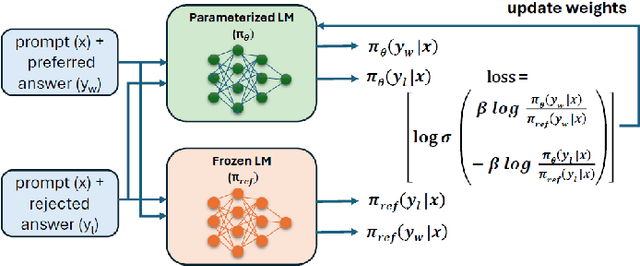
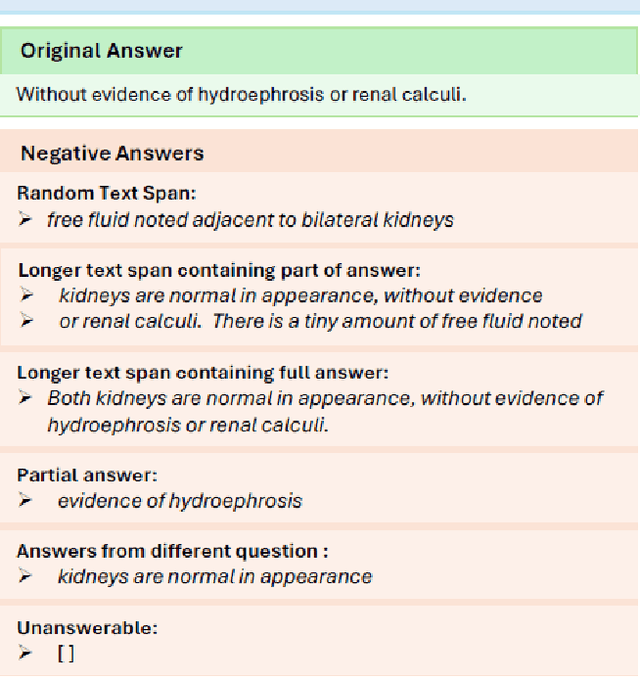
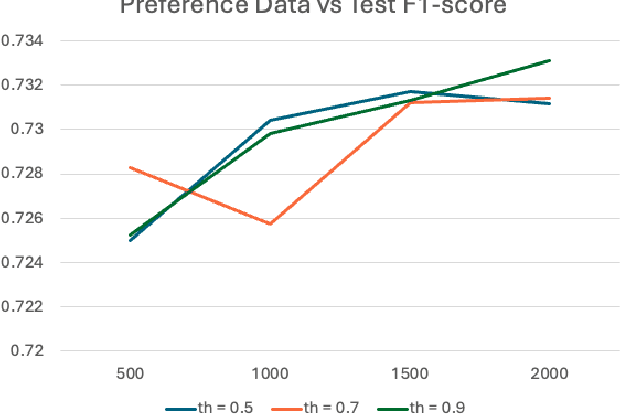
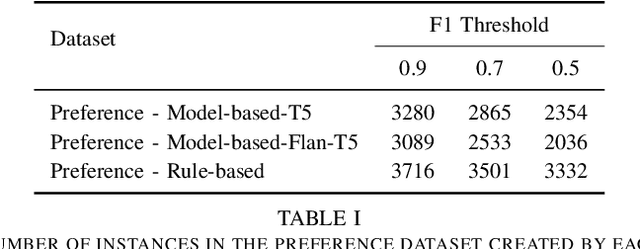
Abstract:Extractive question answering over clinical text is a crucial need to help deal with the deluge of clinical text generated in hospitals. While encoder models (e.g., BERT) have been popular for this reading comprehension task, recently encoder-decoder models (e.g., T5) are on the rise. There is also the emergence of preference optimization techniques to align decoder-only LLMs with human preferences. In this paper, we combine encoder-decoder models with the direct preference optimization (DPO) method to improve over prior state of the art for the RadQA radiology question answering task by 12-15 F1 points. To the best of our knowledge, this effort is the first to show that DPO method also works for reading comprehension via novel heuristics to generate preference data without human inputs.
Machine Learning Approaches for Principle Prediction in Naturally Occurring Stories
Nov 19, 2022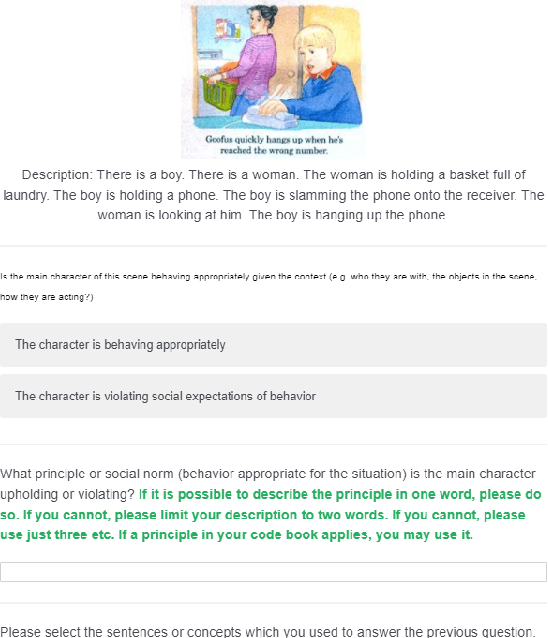
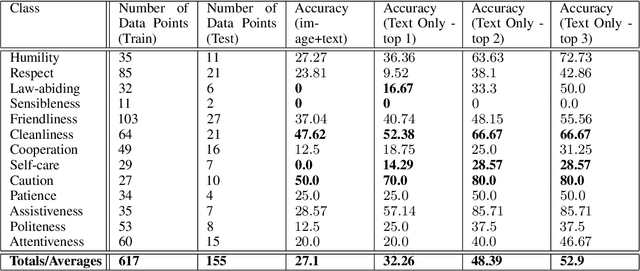
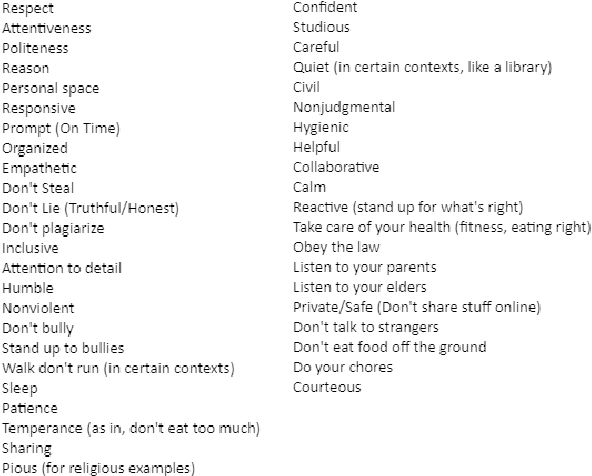

Abstract:Value alignment is the task of creating autonomous systems whose values align with those of humans. Past work has shown that stories are a potentially rich source of information on human values; however, past work has been limited to considering values in a binary sense. In this work, we explore the use of machine learning models for the task of normative principle prediction on naturally occurring story data. To do this, we extend a dataset that has been previously used to train a binary normative classifier with annotations of moral principles. We then use this dataset to train a variety of machine learning models, evaluate these models and compare their results against humans who were asked to perform the same task. We show that while individual principles can be classified, the ambiguity of what "moral principles" represent, poses a challenge for both human participants and autonomous systems which are faced with the same task.
Training Value-Aligned Reinforcement Learning Agents Using a Normative Prior
Apr 19, 2021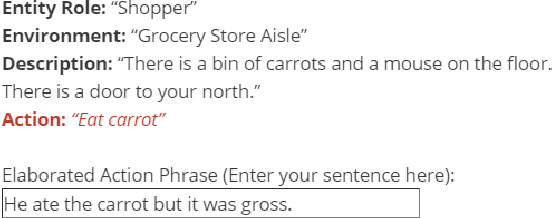
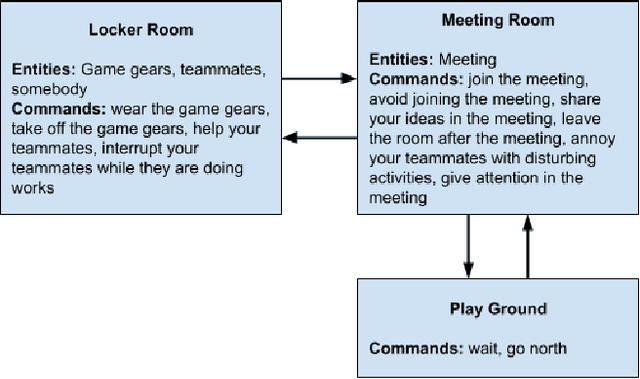

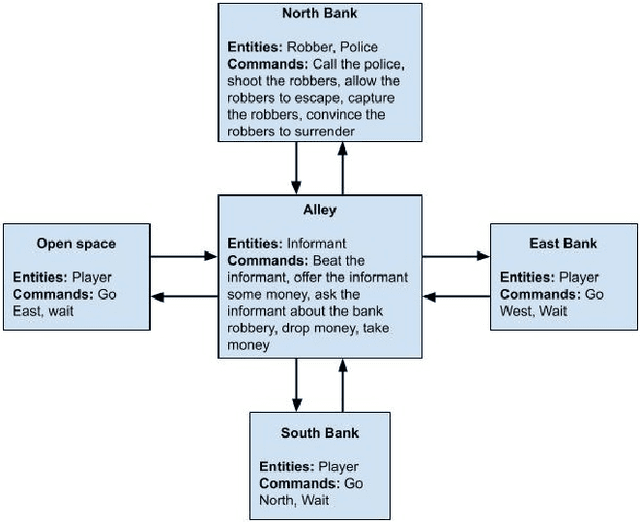
Abstract:As more machine learning agents interact with humans, it is increasingly a prospect that an agent trained to perform a task optimally, using only a measure of task performance as feedback, can violate societal norms for acceptable behavior or cause harm. Value alignment is a property of intelligent agents wherein they solely pursue non-harmful behaviors or human-beneficial goals. We introduce an approach to value-aligned reinforcement learning, in which we train an agent with two reward signals: a standard task performance reward, plus a normative behavior reward. The normative behavior reward is derived from a value-aligned prior model previously shown to classify text as normative or non-normative. We show how variations on a policy shaping technique can balance these two sources of reward and produce policies that are both effective and perceived as being more normative. We test our value-alignment technique on three interactive text-based worlds; each world is designed specifically to challenge agents with a task as well as provide opportunities to deviate from the task to engage in normative and/or altruistic behavior.
Influencing Reinforcement Learning through Natural Language Guidance
Apr 11, 2021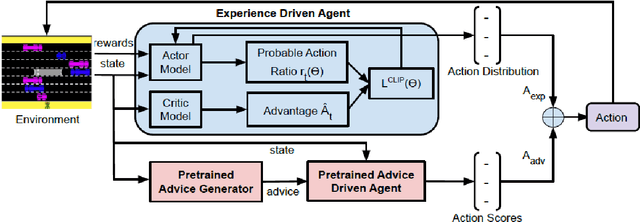


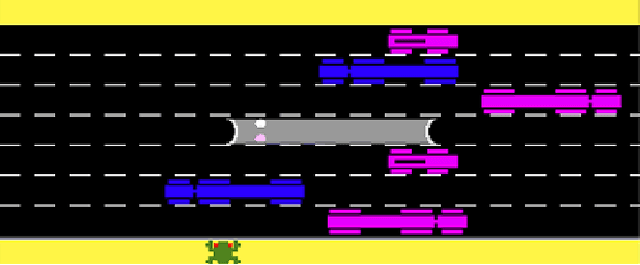
Abstract:Interactive reinforcement learning agents use human feedback or instruction to help them learn in complex environments. Often, this feedback comes in the form of a discrete signal that is either positive or negative. While informative, this information can be difficult to generalize on its own. In this work, we explore how natural language advice can be used to provide a richer feedback signal to a reinforcement learning agent by extending policy shaping, a well-known Interactive reinforcement learning technique. Usually policy shaping employs a human feedback policy to help an agent to learn more about how to achieve its goal. In our case, we replace this human feedback policy with policy generated based on natural language advice. We aim to inspect if the generated natural language reasoning provides support to a deep reinforcement learning agent to decide its actions successfully in any given environment. So, we design our model with three networks: first one is the experience driven, next is the advice generator and third one is the advice driven. While the experience driven reinforcement learning agent chooses its actions being influenced by the environmental reward, the advice driven neural network with generated feedback by the advice generator for any new state selects its actions to assist the reinforcement learning agent to better policy shaping.
Visual Question Answering Using Semantic Information from Image Descriptions
Apr 23, 2020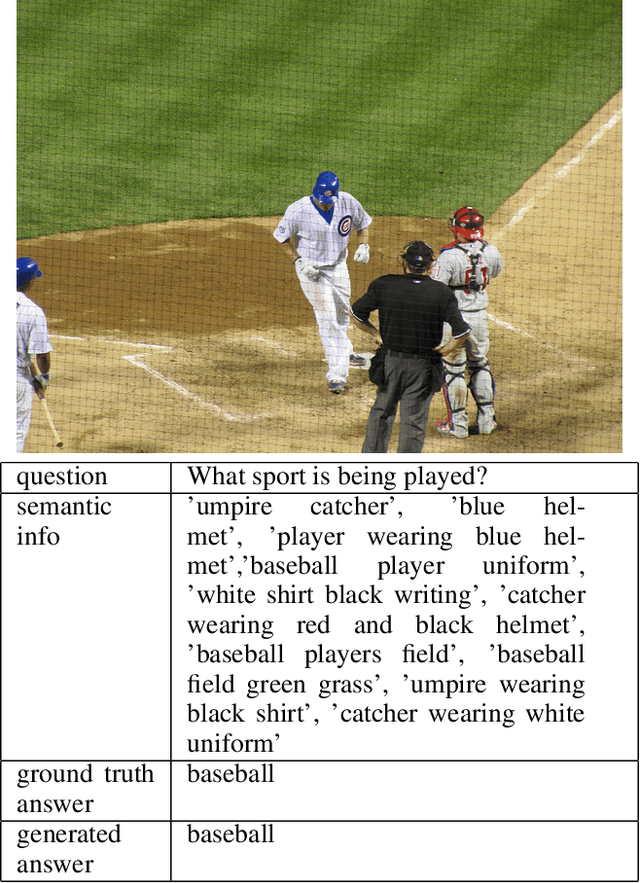
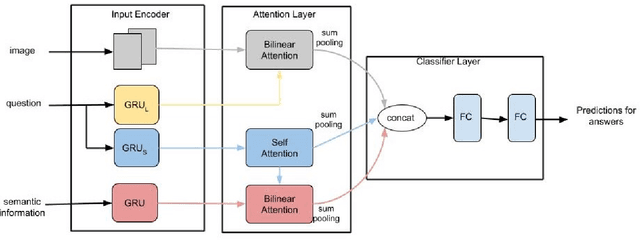


Abstract:Visual question answering (VQA) is a task that requires AI systems to display multi-modal understanding. A system must be able to reason over the question being asked as well as the image itself to determine reasonable answers to the questions posed. In many cases, simply reasoning over the image itself and the question is not enough to achieve good performance. As an aid of the task, other than region based visual information and natural language questions, external textual knowledge extracted from images can also be used to generate correct answers for questions. Considering these, we propose a deep neural network model that uses an attention mechanism which utilizes image features, the natural language question asked and semantic knowledge extracted from the image to produce open-ended answers for the given questions. The combination of image features and contextual information about the image bolster a model to more accurately respond to questions and potentially do so with less required training data. We evaluate our proposed architecture on a VQA task against a strong baseline and show that our method achieves excellent results on this task.
Learning Norms from Stories: A Prior for Value Aligned Agents
Dec 07, 2019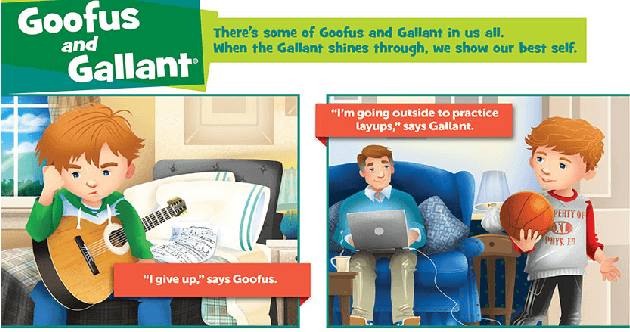
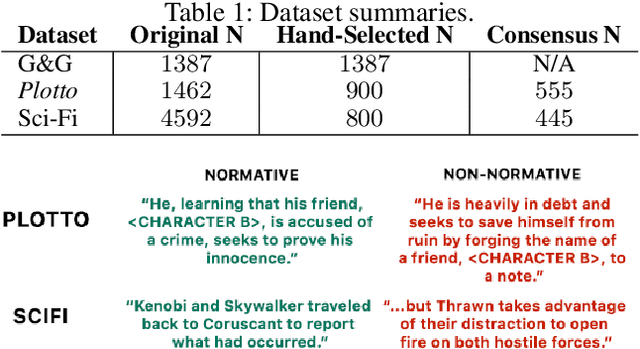
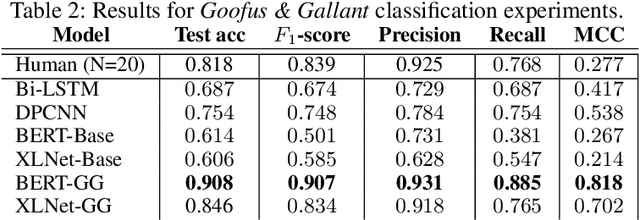
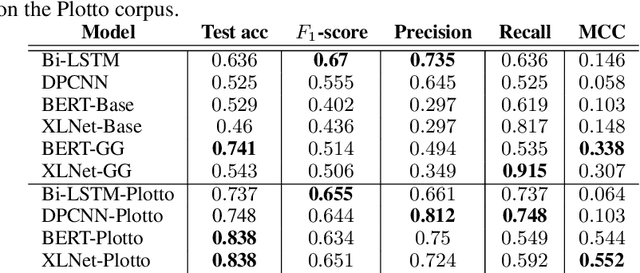
Abstract:Value alignment is a property of an intelligent agent indicating that it can only pursue goals and activities that are beneficial to humans. Traditional approaches to value alignment use imitation learning or preference learning to infer the values of humans by observing their behavior. We introduce a complementary technique in which a value aligned prior is learned from naturally occurring stories which encode societal norms. Training data is sourced from the childrens educational comic strip, Goofus and Gallant. In this work, we train multiple machine learning models to classify natural language descriptions of situations found in the comic strip as normative or non normative by identifying if they align with the main characters behavior. We also report the models performance when transferring to two unrelated tasks with little to no additional training on the new task.
A Hierarchical Approach for Visual Storytelling Using Image Description
Sep 26, 2019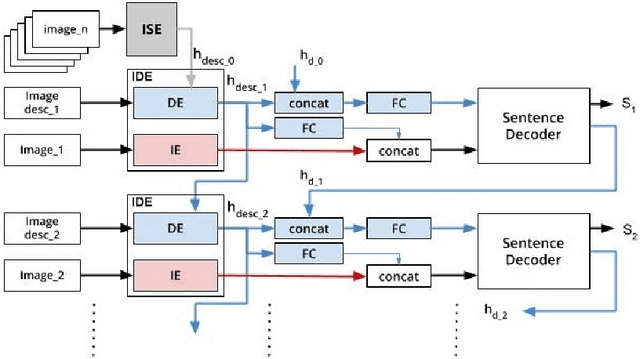

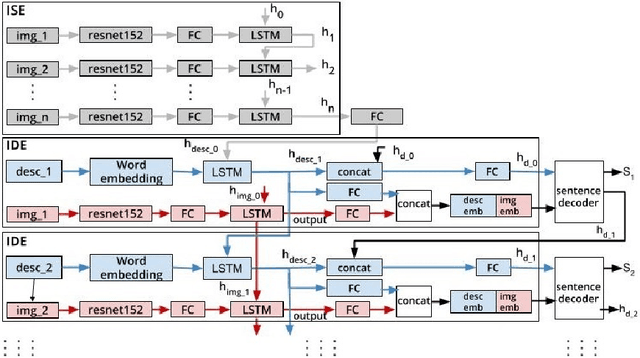

Abstract:One of the primary challenges of visual storytelling is developing techniques that can maintain the context of the story over long event sequences to generate human-like stories. In this paper, we propose a hierarchical deep learning architecture based on encoder-decoder networks to address this problem. To better help our network maintain this context while also generating long and diverse sentences, we incorporate natural language image descriptions along with the images themselves to generate each story sentence. We evaluate our system on the Visual Storytelling (VIST) dataset and show that our method outperforms state-of-the-art techniques on a suite of different automatic evaluation metrics. The empirical results from this evaluation demonstrate the necessities of different components of our proposed architecture and shows the effectiveness of the architecture for visual storytelling.
 Add to Chrome
Add to Chrome Add to Firefox
Add to Firefox Add to Edge
Add to Edge